The comfortable car VAZ 2115 is the ancestor of the popular family of domestic machines under the conventional name Samara-2. An attractive design of appearance and extensive technical capabilities contributed to the growth of sales of VAZ 2115 in the domestic market of Russia. Without stopping at the achieved success, the manufacturer upgraded the car several times, improving the functional and technical equipment of the VAZ 2115.
Content
- What is VAZ 2115
- Car exterior VAZ 2115
- Electrical equipment VAZ 2115.
- What appeared new and what remains from predecessors
- Salon design VAZ 2115
- Tactical and technical characteristics of the car VAZ 2115
- Two distributed injection systems: feedback and without it
- Description of nodes of both systems and features of the system with feedback
What is VAZ 2115
The VAZ 21150 has an adjustable steering column, effective heating of the cabin and the on-board driver notification of the driver on the closure of door locks, left in the lock key, oil level and coolant in the engine, the limit wear of the brake pads. Spacious salon VAZ 2115 allows you to enjoy any trip.
VAZ 2115 is equipped with gasoline engines with a working volume of 1.5 liters both carburetor and an electronic fuel injection control system with a five-speed manual transmission. VAZ 21154 is good handling and stability even on a bad road surface.
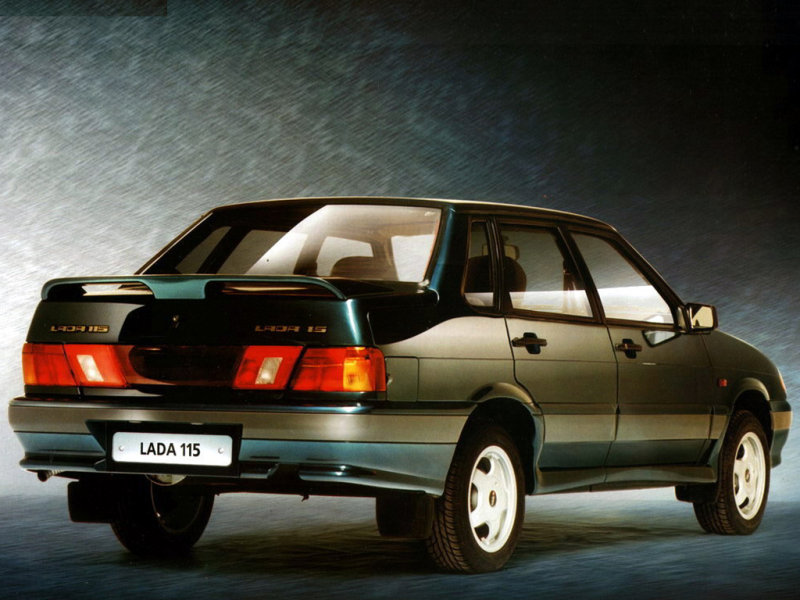
VAZ-2115 became the firstborn from the line under the conventional name "Samara-2", after the satellite / Samara family, which became the most modified model of this family. This fact is confirmed by the fact that the VAZ-2115 has significantly changed the rear of the car body. Namely the lid of the trunk, lighting devices. On vehicles VAZ-2113 and VAZ-2114 such transformations did not follow. VAZ-2115 is a restyled model of VAZ-21099. From the predecessor, the new model is distinguished by the rounded shape of the hood and the front wings, the lid of the trunk, the new front and rear optics, bumpers painted in the body color, the trunk spoiler with an additional stop signal, thresholds, molding of doors, and a new salon and upgraded electrical equipment.
Car exterior VAZ 2115
Initially, the modernization plans of the Samara-2 line was a change in not only the exterior of the body and finishes, but also the improvement of the suspension, transmission and the brake system.

However, ultimately, all these nodes were borrowed from the Samara-1 family without any significant changes. What made it possible to achieve a high degree of unification with the "ninth" family. But the external appearance implemented improvements went to the car is clearly beneficial. The car received more streamlined forms, due to which the exterior's angular outlines were gone, characteristic of the first generation of Samar. Much more convenient was the loading of things in the trunk - now the loading height is at the bumper level. A more perfect injection engine develops greater power, consumes less fuel and warm up faster.

In addition, the electronic motor control system monitors the level of toxicity of exhaust gases.
Electrical equipment VAZ 2115.
Electrical equipment was also improved. Now the car's package includes: electric windows of the front doors, as well as fog lights and heated seats (only on "luxury" modifications). At all embodiments, an on-board control system is provided that allows you to monitor the state of working lamps, oil levels, deterioration of the brake pads, and the level of cooling and washing liquids, directly from the driver's seat. On high speeds (namely 180-200km / h.) Road Holds well. Patency for its class is very good, the car is light and high. Spare parts and repairs relatively inexpensive. The trunk is very big, which is good.
front carbon panel
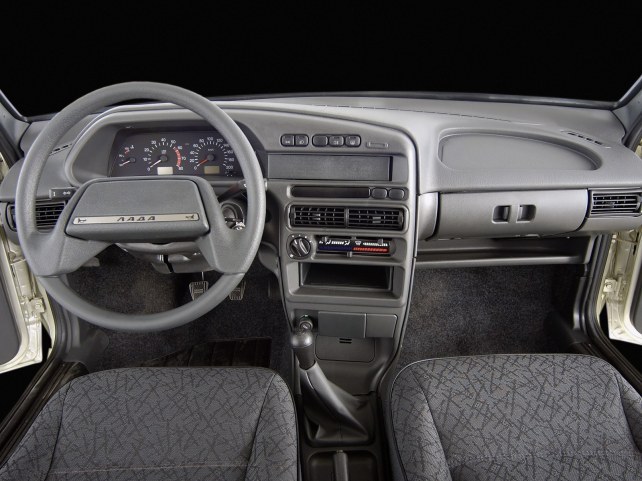
On the front panel VAZ 2115 locations:
LED engine revolutions VAZ 2115;
Digital Engine Roll Indicator
Car LED Movement Indicator
Digital vehicle speed indicator VAZ
Indicator of a raised manual brake;
Indicator of insufficient oil pressure;
Emergency voltage indicator of the board-network (2-level);
The indicator of the need to diagnose the CHECK Engine engine control system;
Turn signs;
Indicator on the emergency mode button;
Multifunctional pointer "Flash";
Far light inclusion indicator;
The inclusion indicator of the overall light;
The graphic indicator of the route computer, made using the "PLED" technology with a resolution of 128 * 64 points.
On the VAZ 2115 installed onboard computer including the following functions:
statistics for the trip, current and previous day.
system of active warnings - Burset Injection controller, low fuel level, critical temperature of the VAZ engine (LADA, LADA) 2115, parking brake, excess of the specified speed, the possibility of ice;
a system of reminders of maintenance (replacement of oil, filters, candles, belts) VAZ 2115 car and "black box" - the maximum speed for the last 100 meters (average efficient radar range).
What appeared new and what remains from predecessors
The VAZ 2115 has an adjustable steering column, efficient heating of the cabin and the on-board driver's warning system about the closure of door locks left in the lock key, the oil level and the coolant in the engine, the limit wear of the brake pads. Spacious salon VAZ 2115 allows you to enjoy any trip
If you compare the appearance of the VAZ 2115 and VAZ 21099, it can be immediately noted that the updated model differs in many parameters. The design of the car has become more interesting, it fully complies with the modern requirements and main trends of the automotive industry. The car has acquired a streamlined shape and smooth lines, the front and rear parts of the machine have changed. The shape of the hood has become more convex, and the front headlights and the wings of the car emphasize the updated design. The roof and doors remained the same as in the progenitor of this model - VAZ 21099. The rear and front bumpers are painted in the body color. An additional "stop" was created - the signal on the trunk spoiler in the VAZ 2115 model. The volume of the luggage compartment has become much larger, due to the change in the shape of the trunk lid, which opens the opening to the bumper itself.
In addition, new elements appeared: Moldingin doors, one coloring with the body, and fairing on the thresholds. Updates are obvious and in the lighting of the model VAZ 2115, one of which is fog lights. Such changes will certainly appreciate even the most demanding motorists. Improvements performed positively affected the popularity of the VAZ 2115 model. The car fully meets all the criteria and trends of the modern automotor. Experts note that the design update contributed to the improvement of aerodynamic indicators of the VAZ 2115 car movement.
Salon design VAZ 2115
The salon became more comfortable in comparison with the earlier models of the account of many improvements and new parts: the dashboard acquired a streamlined shape, an additional control sensors appeared on it, signaling the driver about certain changes in the vehicle state.
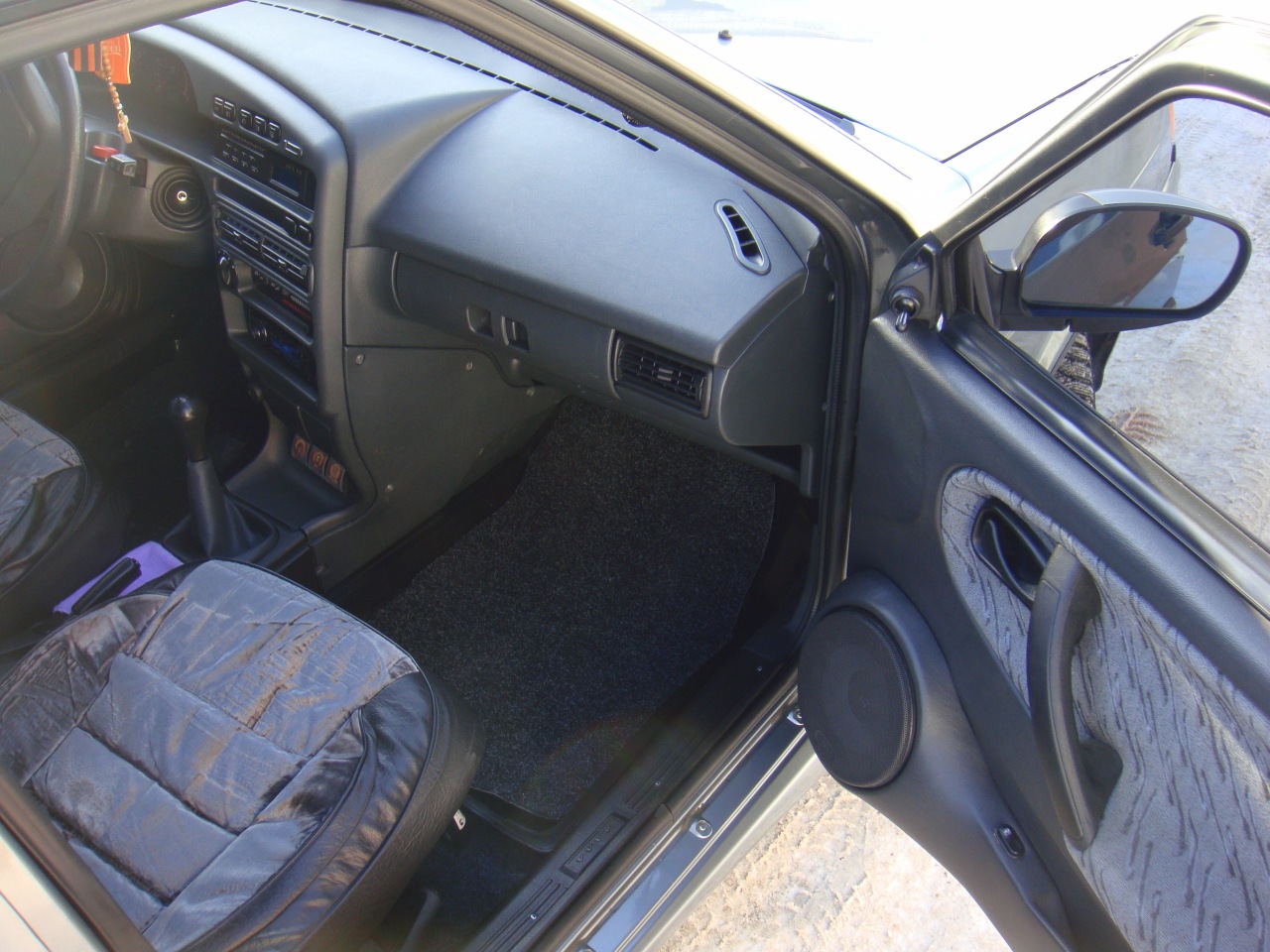
Also in the VAZ 2115, the upper points of the fastening of the front seat belts have changed, and the mount is adjustable in height, which is important for the safety of drivers and passengers of different growth and physique. A console appeared between the front seats, the steering column has become adjustable. In addition, the VAZ 2115 model is equipped with an improved heating system of the cabin and the on-board control system. This system informs the driver about the key left in the ignition lock, that cooling and lubricating fluids are injected in the engine, as well as the need to replace the brake pads, on the closing of the doors and that the safety belts are not fastened.
A spacious VAZ 2115 trunk and a spacious salon made this model indispensable for travel and long-distance travel trips. The large rear seat is designed according to the laws of ergonomics, and allows all passengers to feel convenience and comfort while driving.
Tactical and technical characteristics of the car VAZ 2115
The level of emission of exhaust gases of this model strictly meets the domestic requirements and European environmental standards Euro-3 (Euro III), and the reliable power units of the car will never let down their owner.
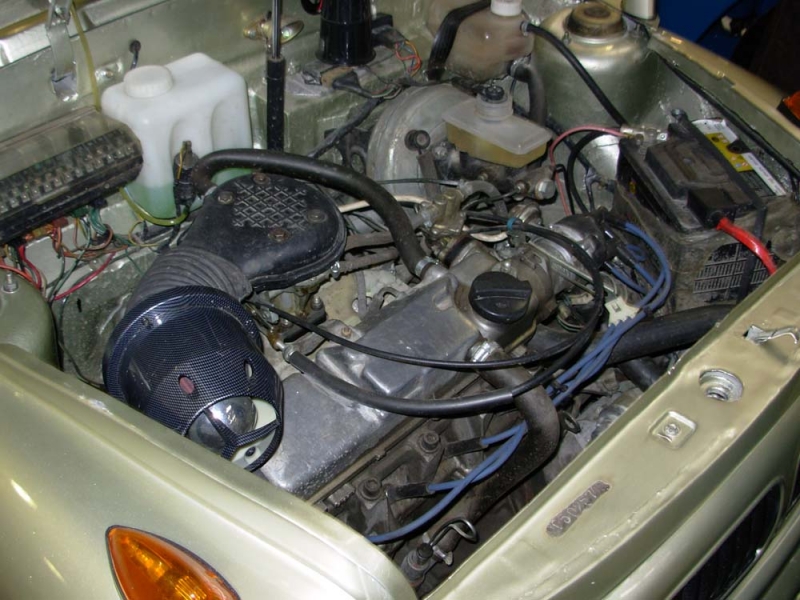
The VAZ-2115 car has a five-speed gearbox, combined with differential and main transmission.
The five-speed gearbox is designed on the basis of a four-step box previously installed on cars.
The main difference between the five-speed box - in the additionally introduced by the fifth gear, the gears of which are installed in an enlarged back cover.
P.S. During driving, the gearbox does not cause difficulties, transfers to be gently (except for fifth), without car jerks, but at high speeds (more than 120 km / h.) When switching with fourth on the fifth transmission, there are difficulties. lever and the danger of loss of management (Believe my experience)
The main power supply chains of the electric equipment of the car VAZ 2115 are protected from damage to fuses. Their price is small, but help and returns are significant. After all, they protect more expensive equipment.
The exception is:
1. Charge charging battery;
2. The ignition panel;
3. Power of the starter and generator.
Protection is implemented using the fuses block assembled in the subcontrol space. All powerful consumers, such as starter, wipers and lamps of dance light, are connected to the onboard network through the relays and are located in the mounting block.
A starter type 5712.3708 is installed on the "spot" - this is an electric motor of a direct current with an excitation of permanent magnets, with a planetary gearbox and electromagnetic two-loading traction relay.
Four permanent magnets are fixed in the stator housing. The anchor shaft rotates in two metal ceramic liners installed in the lid and support. The rotation of the anchor shaft is transmitted to the drive shaft through the planetary gearbox. Planetary gears rotate on needle bearings. The front end of the drive shaft rotates in the metal ceramic sleeve pressed into the clutch crankcase.
When the starter is turned on, the voltage from the battery via the ignition switch is fed on both winding of the starter trailer relay (pulling P1 and retaining P2). After closing the contacts of the traction relay, the retractor winding is turned off.
On the fifteenth model, the engines with the fuel injection system are also installed, i.e. The fuel is injected with four nozzles (one nozzle on the cylinder) into the inlet tube, on the inlet valves. Here fuel evaporates, stirred with air and in the form of a combustible mixture enters the engine cylinders. The fuel injection system reduces the toxicity of the exhaust gases while improving the driving quality of the car.
Two distributed injection systems: feedback and without it
The feedback system is used mainly on export vehicles. In her inlet, a neutralizer is installed and an oxygen sensor, which provides feedback. The sensor monitors the oxygen concentration in the exhaust gases, and the electronic control unit according to its signals supports the air / fuel ratio, which ensures the most efficient operation of the neutralizer. As fuel, it is necessary to use only unleaded gasoline. The use of ethyl gasoline will damage the neutralizer, the oxygen sensor and the system failure.
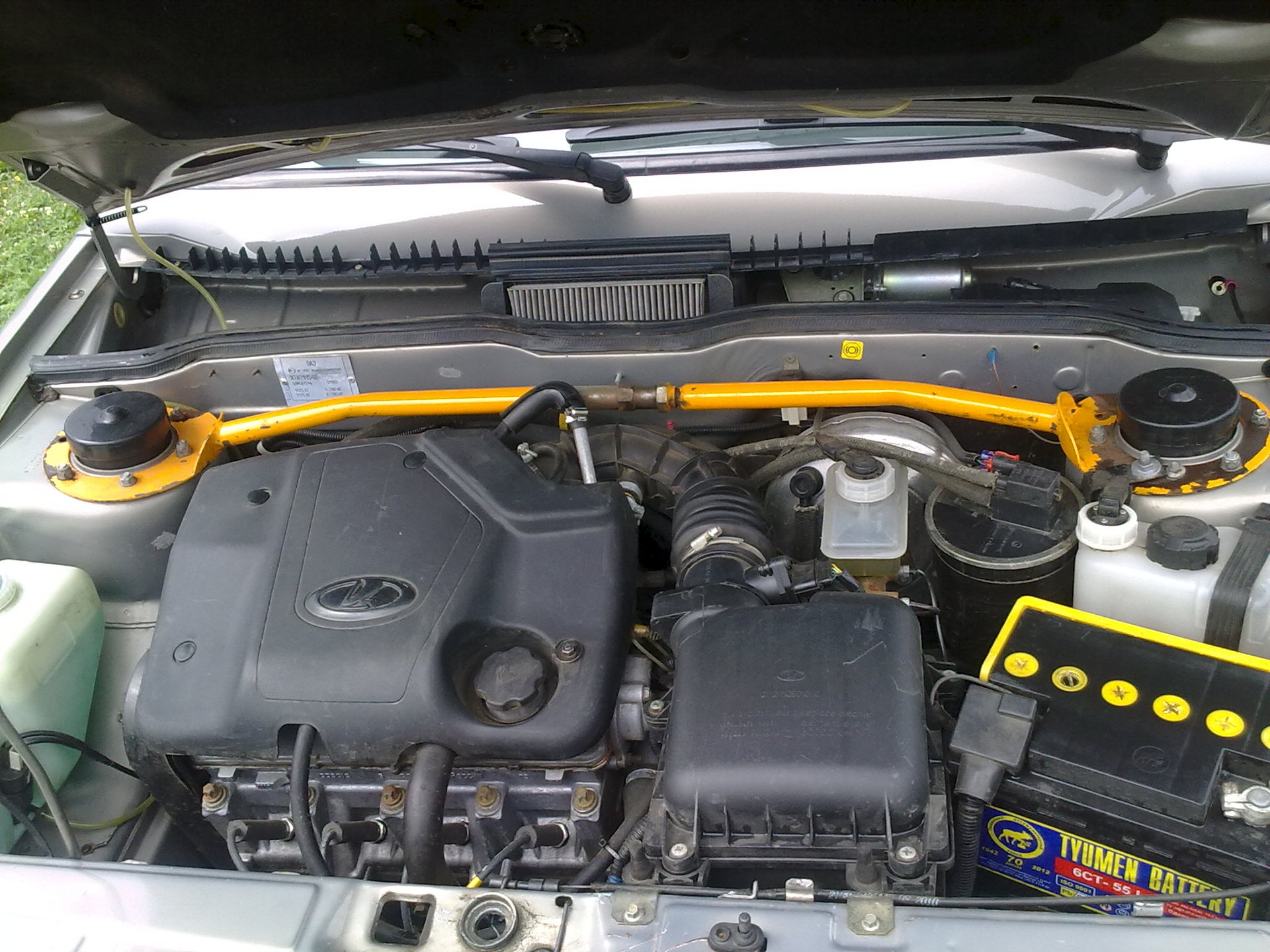
In the injection system without feedback, a neutralizer and an oxygen sensor are not installed, and a co-potentiometer is used to adjust the concentration of CO in the exhaust gases. This system also does not apply a gasoline vapor capture system. The figure shows the device of this system, since it will be mainly applied on cars sold in Russia.
Description of nodes of both systems and features of the system with feedback
The neutralizer is installed in the exhaust gas release system before an additional silencer. It contains two oxidative catalyst (chemical reaction accelerator) and one recovery. Oxidative catalysts (platinum and palladium) contribute to the transformation of hydrocarbons in water vapor, and carbon oxide in carbon dioxide. The regeneration catalyst (radium) contributes to the transformation of nitrogen oxides into harmless nitrogen. Due to the fact that the catalytic neutralizer requires oxygen to neutralize hydrocarbons and carbon monoxide, and at the same time it should take oxygen to neutralize nitrogen oxides, it is necessary to very much to maintain the balance of the mixture of air / fuel (approximately 14, 7: 1) entering the engine.
This feature performs an electronic control unit. The electronic control unit (ECU), located under the instrument panel on the left side of the body, is the control center of the fuel injection system. This is a specialized computer. It continuously processes information from various sensors and manages systems that affect the toxicity of exhaust gases and on the operational performance of the car. The computer also performs the diagnostic function of the fuel injection system. It can recognize the problems of the system, warning about the driver through the check engine control lamp. In addition, it stores diagnostic codes indicating the fault areas to help repair specialists.
The air filter is installed in front of the engine compartment on rubber clamps. Filtering element 9 paper, with a large area of \u200b\u200bthe filtering surface. When replacing the filter element, it must be installed so that the corrugations are parallel to the axial line of the car. The throttle nozzle 19 is fixed on the receiver. It doses the amount of air entering the inlet tube.
Air intake in the engine manages the throttle, connected to the drive of the accelerator pedal. The choke pipe includes a throttle position sensor 23 and a 24 idle regulator. In the flow part of the throttle (before throttle and behind it) there are holes for the selection of the vacuum necessary for the operation of the gasoline vapor traction system. If the last system does not apply, then the fitting for blowing the adsorber is muffled with a rubber plug.
The 24 idle regulator regulates the rotational speed of the crankshaft in idling mode, controlling the amount of air supplied bypassing the closed throttle. It consists of a two-pole step electric motor and connected to it cone valve. The valve is retractable or removed by the signals of the ECU.
The throttle position sensor 23 is mounted on the throttle housing 1 and is associated with the throttle axis. The sensor is a potentiometer, one end of which is supplied to the supply voltage of 5 V, and the other end is connected to the "mass". From the third output of the potentiometer (from the slider) there is an output signal to the ECU.
Related Materials
- Stove 2110, bad warm stove 2110, VAZ 2110 heating system, repairing the heating system VAZ 2110 with their own hands
- Stove blowing cold air VAZ 2114, badly blowing the stove VAZ 2114, why badly blowing the stove VAZ 2114
- Error codes VAZ 2115 Injector, error decoding
- Replacing steering VAZ 2107, how to replace faulty thrust with your own hands
- Exhaust system VAZ 2114, how to replace an additional silencer (resonator) VAZ 2114
- Brake fluid VAZ 2114, which brake fluid to choose how to replace the brake fluid
- VAZ 2114 speed sensor, replacement of the VAZ 2114 speed sensor do it yourself
- How to replace light bulb numbers VAZ 2114
- Vaz 2114 brake vacuum amplifier, vacuum amplifier malfunction, how to replace the vacuum amplifier with your own hands
- How to replace the brake disc, replacing the brake discs VAZ 2114 do it yourself
- Hand-made brake does not hold how to pull the handbrake of the VAZ 2114, 2115, 2113 do it yourself
- Why VAZ 2110 instrument panel does not work, how to find the cause
- Replacing the oil and oil filter, change oil and oil filter Lada Grant
- Starter 2108 how to make repair with your own hands
- Cabin Filter Lada Grant, filter replacement with their own hands
- Vaz 2110 nozzles, how to clean the nozzles of the VAZ 2110 do it yourself
- Speed \u200b\u200bsensor 2110, 2111, 2112, how to check and replace speed sensor with your own hands
- Crankshaft sensor 2110, diagnostics and replacement with your own hands
- Fuel Sensor VAZ, Signs of the Car Fuel Sensor Malfunction, Failure Remedies
- Repair front suspension 2107 do it yourself
- Front suspension 2106, repair tips on their own forces
- VAZ 2109 gland, how to replace the crankshaft seal VAZ 2109 do it yourself
- Cooling radiator VAZ 2110, how to replace the radiator with your own hands
- Motor Motor of the VAZ 2110 heater, possible malfunctions, reasons, ways to eliminate how to replace with your own hands
- How much oil pour into the VAZ engine
- VAZ 2110 replacement of Middle Lights with your own hands
- Test Drive and Lada Xray Review
- Tuning: VAZ 2107 (turbo) 250 hp
- Moskvich 408, tuning what happened
- Lada "Grant" with an automatic box - a new word in the Russian car industry
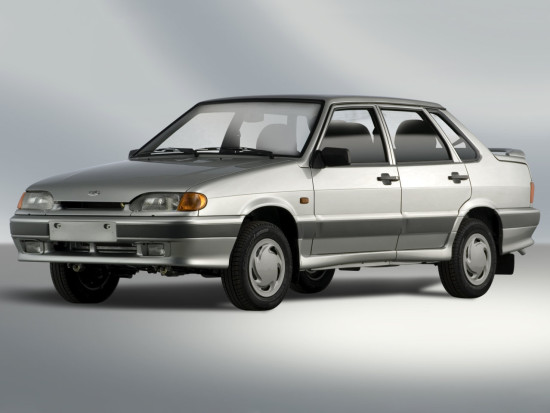


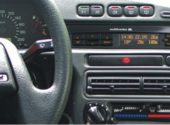
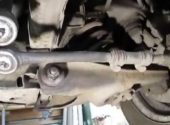
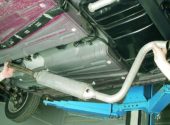
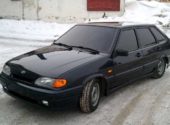
Comments